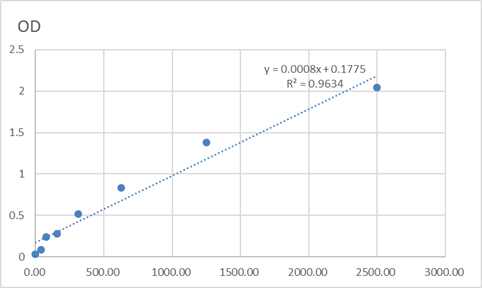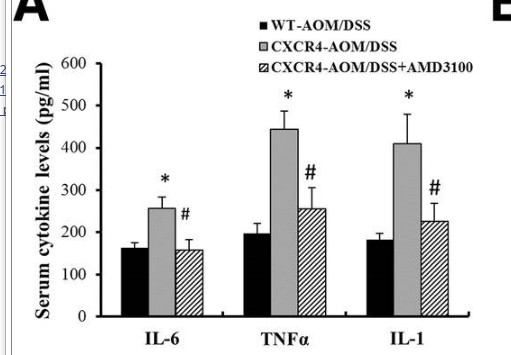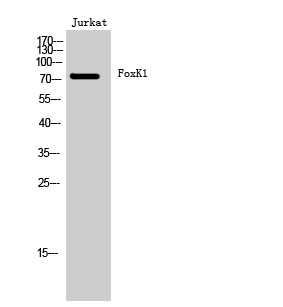Total FoxK1 Cell-Based Colorimetric ELISA Kit
- 货号:KA3667C
- 应用:ELISA
- 种属:Human;Mouse
- 其他名称:
- Forkhead box protein K1 (Myocyte nuclear factor) (MNF)
- 背景:
- function:Transcriptional regulator that binds to the upstream enhancer region (CCAC box) of myoglobin gene. Has a role in myogenic differentiation and in remodeling processes of adult muscles that occur in response to physiological stimuli.,PTM:Phosphorylated.,similarity:Contains 1 FHA domain.,similarity:Contains 1 fork-head DNA-binding domain.,subunit:Interacts with SIN3B to form a complex which represses transcription.,tissue specificity:Expressed both developing and adult tissues. In adults, significant expression is seen in tumors of the brain, colon and lymph node.,
- 功能:
- transcription, regulation of transcription, DNA-dependent, regulation of transcription from RNA polymerase II promoter,muscle organ development, negative regulation of biosynthetic process, positive regulation of biosynthetic process,positive regulation of macromolecule biosynthetic process, negative regulation of macromolecule biosynthetic process,positive regulation of macromolecule metabolic process, negative regulation of macromolecule metabolic process,positive regulation of gene expression, negative regulation of gene expression, negative regulation of transcription,negative regulation of cellular biosynthetic process, positive regulation of cellular biosynthetic process, regulation of transcription, negative regulation of transcription, DNA-dependent, positive regulation of transcription, DNA-dependent, negative regulation of nucleobase, nucleoside, nucleotide and nucleic acid met
- 细胞定位:
- Nucleus . Cytoplasm . Translocation to the nucleus is regulated by phosphorylation: phosphorylation by GSK3 (GSK3A or GSK3B) promotes interaction with 14-3-3 proteins and sequestration in the cytoplasm. Dephosphorylation promotes translocation to the nucleus (By similarity). Accumulates in the nucleus upon viral infection (PubMed:25852164). .
- 组织表达:
- Expressed both developing and adult tissues (PubMed:15289879). In adults, significant expression is seen in tumors of the brain, colon and lymph node (PubMed:15289879).



